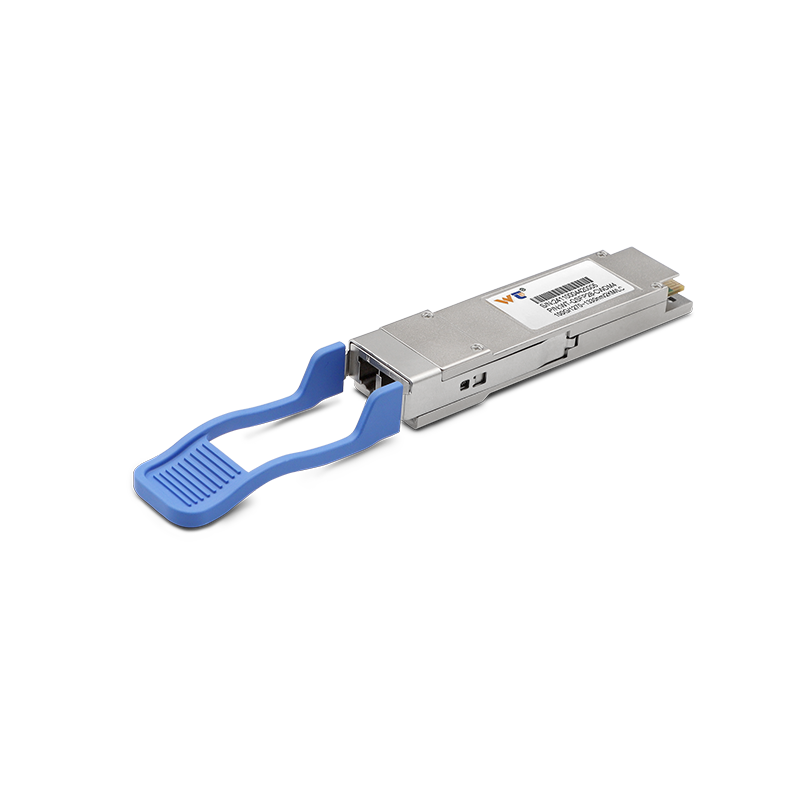The smart manufacturing industry is rapidly evolving, and by 2025, the demand for advanced technologies will drastically shift. As companies strive to enhance efficiency and optimize production lines, the integration of real-time data analysis systems leveraging 100G optical modules is poised to become essential. These high-speed technologies will facilitate seamless communication, data transfer, and overall operational agility in smart factories.
Optical modules, particularly those supporting 100G data rates, are crucial components in modern telecommunications and IT infrastructure. Over recent years, the market for optical modules has experienced significant growth, driven by the increasing need for high-bandwidth connectivity in data centers, telecom networks, and beyond. Industry trends indicate a shift towards higher capacity, lower latency solutions, triggered by the soaring demand for cloud services and the Internet of Things (IoT). Keeping pace with this surge, innovative optical modules are being developed to enhance both performance and reliability, addressing the diverse requirements across various sectors. Furthermore, the automation of manufacturing processes, in conjunction with smart technologies, is increasingly relying on the robustness of optical modules for efficient data management and real-time decision-making.
| Technology Type | Function and Role |
|---|---|
| 100GBASE-SR | Short-range connectivity for high-density data centers. |
| 100GBASE-LR | Long-range solutions suitable for wide-area networks. |
| CFP2 Module | Compact design, used in high-capacity applications. |
| QSFP28 Module | Versatile and widely adopted in modern networks. |
There are several types of optical modules that harness the power of 100G technology to support smart manufacturing. 100GBASE-SR modules are designed for short-distance applications, enabling high-speed data transfer within the confines of a data center. These modules excel in environments where high-density connectivity is needed to link numerous devices. In contrast, the 100GBASE-LR modules cater to long-distance communication, effectively managing data transmission over extensive distances without compromising on performance. CFP2 modules stand out due to their compact form factor, making them ideal for applications requiring high capacity and efficiency. Moreover, the QSFP28 modules offer versatility, allowing for both data center and telecom use, supporting multi-mode and single-mode fiber connections while ensuring high bandwidth capabilities across various applications.
As we approach 2025, the deployment of optical modules will revolutionize network configurations and application scenarios globally. In smart manufacturing setups, systems incorporating 100G optical modules are crucial for driving real-time data analytics. For instance, in a manufacturing environment focused on precision robotics, these modules facilitate instantaneous sensor feedback, enabling immediate adjustments that enhance production efficiency. Network topology with these optical technologies will support a meshed infrastructure where diverse manufacturing assets communicate seamlessly, thereby accelerating production cycles and reducing downtime. The synergy between real-time data analysis and 100G optical modules promises to unlock the full potential of smart factories, making them adaptive and highly responsive.
Our website proudly offers a range of high-quality optical modules that have undergone rigorous quality testing. This ensures that they excel in various operational scenarios. Whether your application requires high-speed data transmission or robust long-distance communication, our 100G optical modules are designed to meet your specific needs. With a focus on quality assurance, we’re committed to delivering products that enhance the capabilities of your smart manufacturing landscape and facilitate efficient real-time data exchange.
In conclusion, the shift toward 100G optical modules in smart manufacturing signifies a pivotal transition in operational capabilities. The integration of real-time data analytics with these advanced technologies will redefine how industries operate, ensuring higher efficiency and productivity in the years leading up to 2025. By investing in high-quality optical solutions today, manufacturers will not only keep pace with industry demands but also forge a competitive edge for the future.






